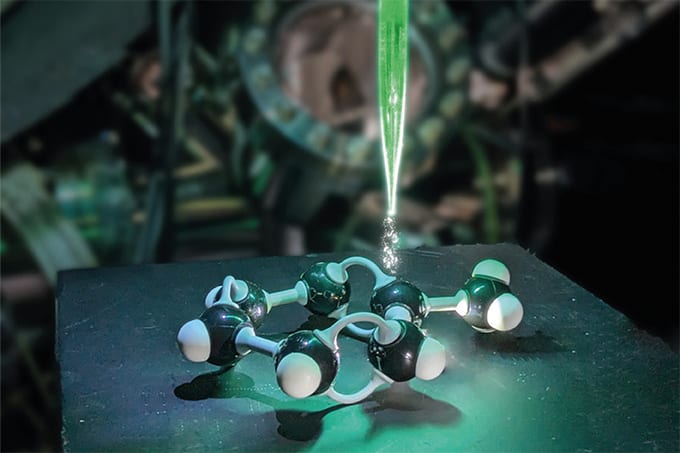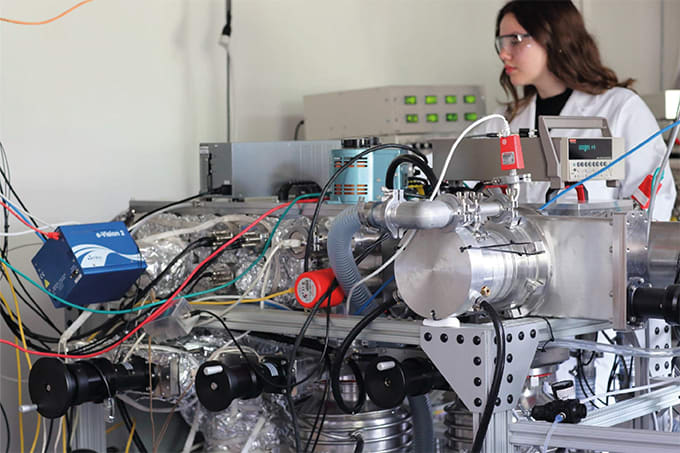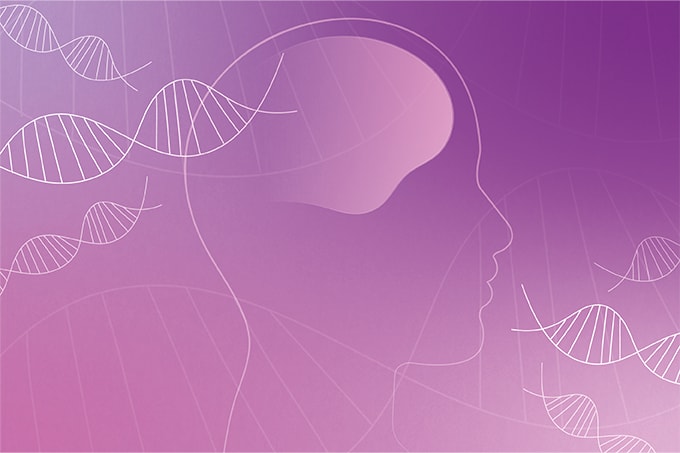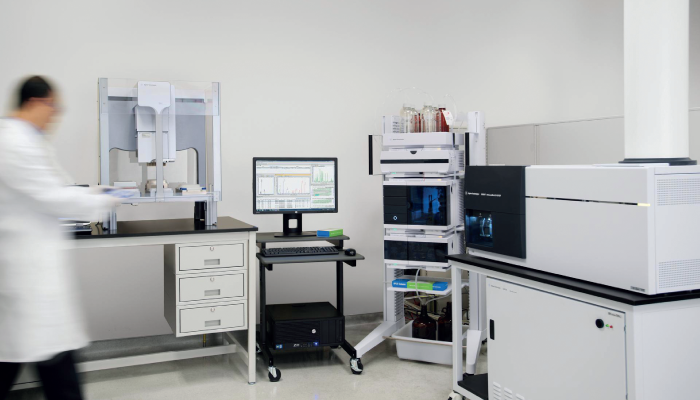
© Agilent Technologies, Inc.
Reproduced with Permission, Courtesy of Agilent Technologies, Inc.
What is peptide mapping – and why is it important?
Peptide mapping is a technique used for product characterization and quality control of therapeutic proteins. This is achieved by digesting proteins into short peptides using proteolytic enzymes, generating a “map” or “fingerprint” of peptides specific to the protein. The technique is important for confirming protein product identity, primary amino acid sequence, and identifying post-translational modifications (PTMs).
Post-translational modifications (PTMs) are chemical modifications made to proteins after their initial synthesis. Many chemical groups can be added, but a typical example seen in biopharmaceuticals is glycosylation, where chains of sugar molecules are attached to asparagine, serine, and threonine residues. Glycosylation can be important for biopharmaceutical structure, stability, efficacy, potency, immunogenicity, and
Pharmacokinetics. Moreover, unwanted PTMs, such as oxidation, can also happen during downstream processing, aseptic filling, storage, and transport; these modifications can disrupt the structure and function of the biopharmaceutical.
What are the preferred analytical tools?
The preferred analytical tools for peptide mapping are reversed phase liquid chromatography (HPLC or UHPLC) coupled with UV detection or, increasingly, tandem mass spectrometry (MS/MS).
Chromatography coupled to UV detection alone can only detect that changes have occurred to a peptide, without telling you exactly what those changes are. Mass spectrometry can identify chemical changes in more detail; for example, detecting the specific PTM that is present.
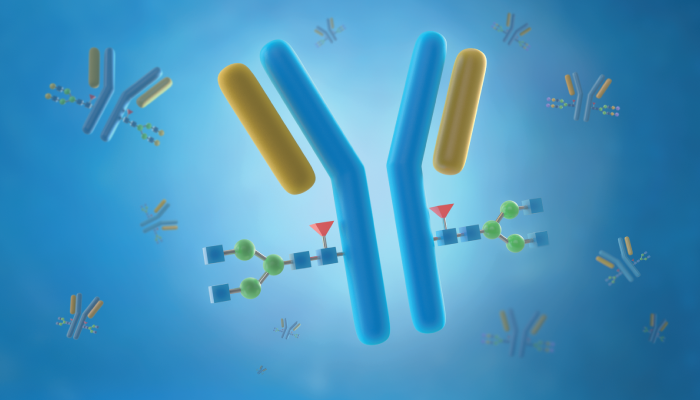
© Agilent Technologies, Inc.
Reproduced with Permission, Courtesy of Agilent Technologies, Inc.
Where is there room for improvement?
Currently, chromatographic run times for peptide mapping are very long because of the necessity of gradient elutions. If mass spectrometry is being used, acquisition time can also be lengthy. Targeting improvements in these two areas would cut down on processing times substantially.
Additionally, sample preparation workflows contain many different steps. This can also be time consuming, with each step subject to potential variability and analyst error. Use of sample preparation kits can reduce this variability and decrease processing time.
A Mountain Guide: Navigating the Peaks of Peptide Mapping
Agilent’s Andreas Mielcarek knows all to well the challenges and bottlenecks in peptide mapping – but he’s also busy seeking out the best route to get you where you need to go.
Welcome to the base camp of biopharmaceutical analysis, where the journey into peptide mapping begins. I’m Andreas Mielcarek, your guide through the intricate landscapes of peptide mapping. Armed with experience and an eye for the best routes, I’m here to help you navigate through the challenges and bottlenecks you might encounter on your ascent.
Understanding the Terrain: The Essence of Peptide Mapping
Peptide mapping is the cornerstone of therapeutic protein characterization – a meticulous process that requires precision, patience, and the right tools. Imagine standing at the foot of a towering mountain. Your goal is to reach the summit, but, to do so, you need a comprehensive map that details every ridge, crevasse, and possible path to the top. In peptide mapping, that mountain is the complex structure of proteins, and your map is the detailed sequence and modifications that the protein undergoes.
Equipping for the Climb: Agilent’s InfinityLab Bio LC Solutions
Just as no climber would tackle a mountain without the proper gear, no analytical chemist should embark on peptide mapping without Agilent Technologies’ InfinityLab Bio LC Solutions. These solutions are your essential gear – specially designed to handle the complexity of biopharmaceutical analysis with precision and ease.
1290 Infinity III Bio LCs – for tackling the most demanding applications, these systems deliver ultra-high performance, ensuring accuracy, reliability, and the integrity of biomolecules.
1260 Infinity III Prime Bio LC – this versatile HPLC system is perfect for everyday analysis, providing high flexibility for bio separations and a solid foundation for quaternary bio UHPLC.
1260 Infinity III Bio-Inert LC – when your analysis calls for completely inert applications, this system, with its corrosion-resistant titanium solvent delivery and metal-free sample flow path, ensures the integrity of your biomolecules.
Choosing Your Path: Workflow Solutions for Peptide Mapping
Every mountain has multiple routes to the summit. Peptide mapping is no different. Agilent offers various pathways to suit your specific needs, ensuring you can navigate through the complexity of biopharma analysis efficiently.
Advanced 2D-LC/Q-TOF for ADCs: A robust method for analyzing antibody-drug conjugates, simplifying the identification of free drug content without the need for manual protein precipitation.
Comprehensive Software Solutions: Using advanced software like MassHunter Bioconfirm, Agilent facilitates comprehensive data analysis, supporting peptide mapping and more, enabling you to derive actionable insights from complex datasets.
Tackling the Ascent: Overcoming Challenges in Peptide Mapping
The journey through peptide mapping is filled with challenges – from accurately identifying amino acid sequences to detecting post-translational modifications. Agilent’s InfinityLab Bio LC Solutions provide you with the versatility and precision needed to overcome these challenges, ensuring a successful ascent.
The Summit: Achieving Excellence in Biopharma Analysis
Reaching the summit in peptide mapping means achieving a comprehensive understanding and characterization of therapeutic proteins. With Agilent’s suite of analytical instruments and software, you’re equipped to achieve the highest standards of accuracy and efficiency in your analysis, ensuring the efficacy, safety, and compliance of therapeutic proteins.
Descending the Mountain: Bringing It All Together
As we descend from our expedition, remember that the journey in peptide mapping is one of discovery and learning. With Agilent Technologies as your companion, you’re well-prepared to explore the vast and intricate world of biopharmaceutical analysis. The path may be complex, but with the right guide and tools, you are ready to uncover the secrets hidden within proteins, paving the way for advancements in therapeutics and beyond.
For those beginning their adventure in biopharma analysis, take heart. You are embarking on a rewarding journey that’s essential to the future of medicine. With determination, the right equipment, and a spirit of exploration, there’s no peak too high in the realm of peptide mapping!



